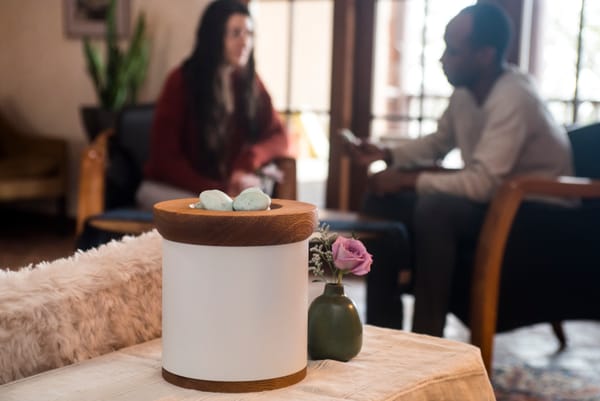Cremated Remains Alternatives: Beyond Traditional Ashes
Explore thoughtful alternatives to traditional ashes. From solidified remains to creative memorials, discover lasting ways to keep loved ones close and honor their memory with dignity.
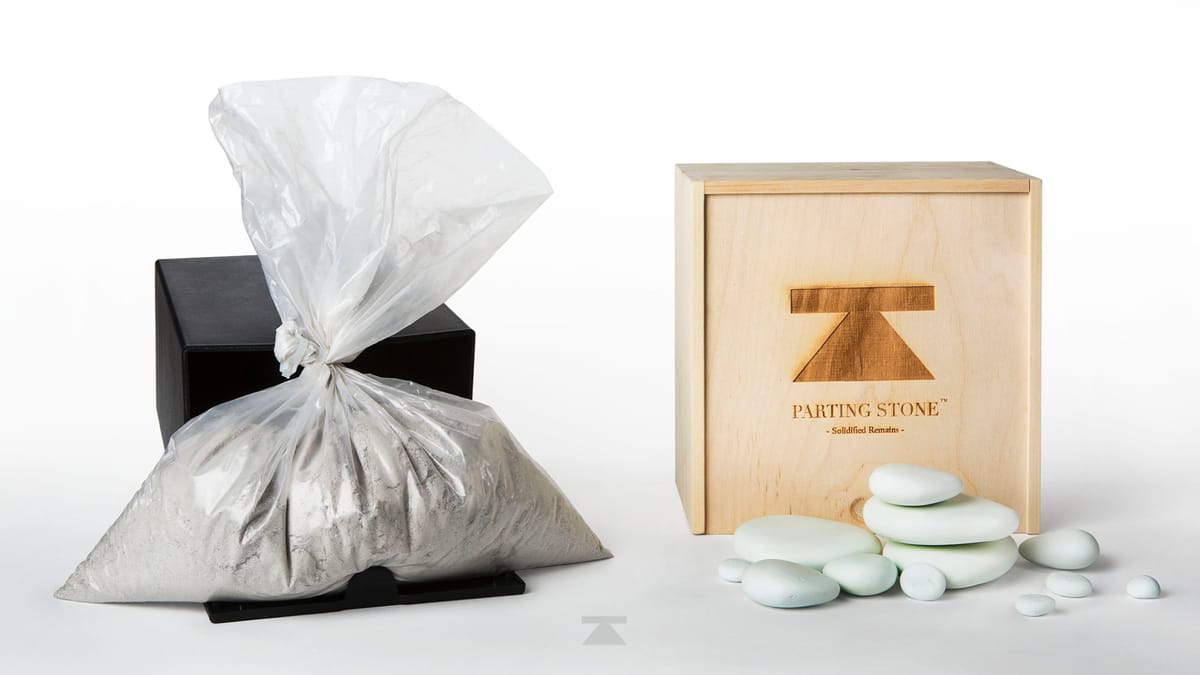
You might be reading this because the urn sitting in your home doesn't feel quite right anymore. Maybe you've moved it from room to room, searching for the perfect place that never seems to materialize. Perhaps you've wondered about travel restrictions, or felt uncertain about long-term storage plans. It's completely natural to feel this way, you're not alone in seeking something more meaningful.
The memorial landscape has evolved dramatically in recent years. Innovative technologies now offer families alternatives that transform cremated remains into lasting, interactive tributes. These modern memorial solutions address the limitations of traditional ash storage while creating new possibilities for honoring and connecting with your loved one's memory.
This comprehensive guide explores the full spectrum of cremated remains alternatives available today. You'll discover how emerging technologies work, what options align with different family needs, and how to evaluate the right choice for your unique situation, all in your own time, without pressure or judgment.
Reflections on love, loss, and the ways we carry them.
I often think about how many of us keep urns in quiet corners of our homes, not because that’s where we want them, but because we simply don’t know what else to do. We tiptoe around them, dust the surface carefully, and sometimes avoid opening the cabinet where they rest. This quiet unease—what grief counselors call “ashes anxiety”—is real. Rabbi Earl Grollman once wrote, “The only cure for grief is to grieve,” yet the constant worry about where the urn should go or what might happen to it can weigh heavily on a family’s healing.
Grief is already complex. It shouldn’t be made harder by the fear of accidents, travel restrictions, or disagreements about who should be the caretaker of the urn. I’ve spoken with families who admit they carry a low-level guilt for not doing “enough” with their loved one’s ashes, and that guilt often lingers for years.
This is why I believe solidified remains can bring such peace. In 8 to 10 weeks, the vast majority of ashes are transformed into stable, stone-like forms that can be touched, carried, or shared without fear. The uncertainty that shadows traditional storage is replaced with something steady and lasting. What’s left is the space to truly grieve and, in time, to remember with more love than worry.
Cathy Sanchez Babao
Parting Stone Grief Coach
Understanding the Limitations of Traditional Ash Storage
The Challenge of "Ashes Anxiety"
Many families experience what grief counselors term "ashes anxiety", a complex mix of emotions surrounding the storage, handling, and long-term care of cremated remains. You might find yourself feeling uncertain about where to place the urn, worried about accidentally disturbing it, or concerned about what happens during moves or life transitions.
"Grief is not a disorder, a disease or a sign of weakness. It is an emotional, physical and spiritual necessity, the price you pay for love. The only cure for grief is to grieve," explains Rabbi Dr. Earl A. Grollman, a pioneer in crisis intervention and certified Death Educator who worked with Oklahoma City bombing families.
This anxiety isn't uncommon or unreasonable. Traditional urns, while dignified, present practical challenges that many families don't anticipate until they're living with them daily.
Storage and Mobility Limitations
Traditional cremated remains present several logistical challenges that can complicate family life and memorial planning:
- Travel Restrictions: Airlines require specific documentation and containers for transporting ashes. Many families discover they cannot easily bring their loved one on meaningful trips or relocations.
- Family Sharing Difficulties: A single urn makes it challenging for multiple family members to maintain close connections, especially when they live in different locations.
- Long-term Uncertainty: Families often worry about what happens to the urn during moves, emergencies, or when the primary caretaker can no longer manage responsibilities.
- Limited Interaction: Traditional urns are primarily visual memorials. Many people long for more tactile, interactive ways to feel connected to their loved one.
Emotional Impact on Family Dynamics
The presence of traditional ashes can sometimes create unexpected family tensions. Different family members may have varying comfort levels with the urn's location or handling. Some feel the need to constantly tend to it, while others prefer it remain undisturbed. Children and grandchildren might feel uncertain about how to relate to this form of memorial.
Additionally, many families find that traditional ash storage doesn't evolve with their grief journey. What feels appropriate in early grief may not serve their needs as they process loss and seek new ways to maintain connection.
@poppy_and_kaylee After 3 months, our daughter is finally home. We share this to validate the hard decisions after death. #funeralhome #partingstones #childloss #childlossawareness
♬ original sound - Poppy&Kaylee
The Evolution of Memorial Technology
Understanding Modern Memorial Science
Recent advances in memorial technology have revolutionized how families can honor and interact with their loved one's remains. These innovations address the core limitations of traditional storage while creating new possibilities for meaningful memorialization.
Modern memorial alternatives generally fall into several categories, each utilizing different scientific processes and offering distinct benefits:
- Transformation Technologies: Convert ashes into new forms like diamonds, stones, or other materials
- Integration Solutions: Incorporate small amounts of ashes into jewelry, art, or keepsakes
- Bio-Memorial Options: Use ashes in environmentally integrated memorials like trees or reefs
- Digital Enhancement: Combine traditional memorials with digital components for interactive experiences
The Science Behind Ash Transformation
The most significant advancement in memorial technology involves the complete transformation of cremated remains into new materials. This process addresses fundamental issues with traditional ash storage by creating alternatives that are:
- More durable and stable than loose ashes
- Easier to share among family members
- More portable and travel-friendly
- Less anxiety-provoking to handle and interact with
- Capable of integration into various memorial applications
"Each person's grief is as unique as their fingerprint. But what everyone has in common is that no matter how they grieve, they share a need for their grief to be witnessed," explains David Kessler, world-renowned grief expert and co-author with Elisabeth Kübler-Ross of "On Grief and Grieving."
Meeting Diverse Family Needs
Modern memorial alternatives recognize that every family's needs are different. Some families prioritize shareability, wanting multiple pieces for different family members. Others focus on portability, seeking memorials they can easily travel with or relocate. Still others value environmental integration or technological innovation.
These varied approaches acknowledge that the "one-size-fits-all" model of traditional urns doesn't serve the diverse ways families process grief and maintain connections with their loved ones.
Feeling uncertain about your current memorial situation? You're not alone in questioning whether there might be better options.
Comprehensive Analysis of Cremated Remains Alternatives
Solidified Cremation Stones: Complete Transformation
Solidification technology represents a breakthrough approach that transforms the entire cremated remains into clean, stone-like memorial pieces. This process addresses many limitations of both traditional urns and partial-use alternatives.
- The Technology: Advanced solidification processes, originally developed at Los Alamos National Laboratory, transform the entire amount of cremated remains into solid, stone-like forms through proprietary compression and binding techniques.
- Timeline: 8-10 weeks for complete processing
- Cost Range: $2,495 for complete transformation service
- Amount Used: 100% of available cremated remains
Benefits of Solidified Stones:
- Transforms the complete amount of ashes; nothing is wasted
- Creates multiple stones for family sharing
- Eliminates "ashes anxiety" through clean, solid form
- TSA-compliant for travel without special documentation
- Durable enough for daily handling and interaction
- Can be displayed, carried, scattered, or incorporated into other memorials
- Reasonable timeline and pricing
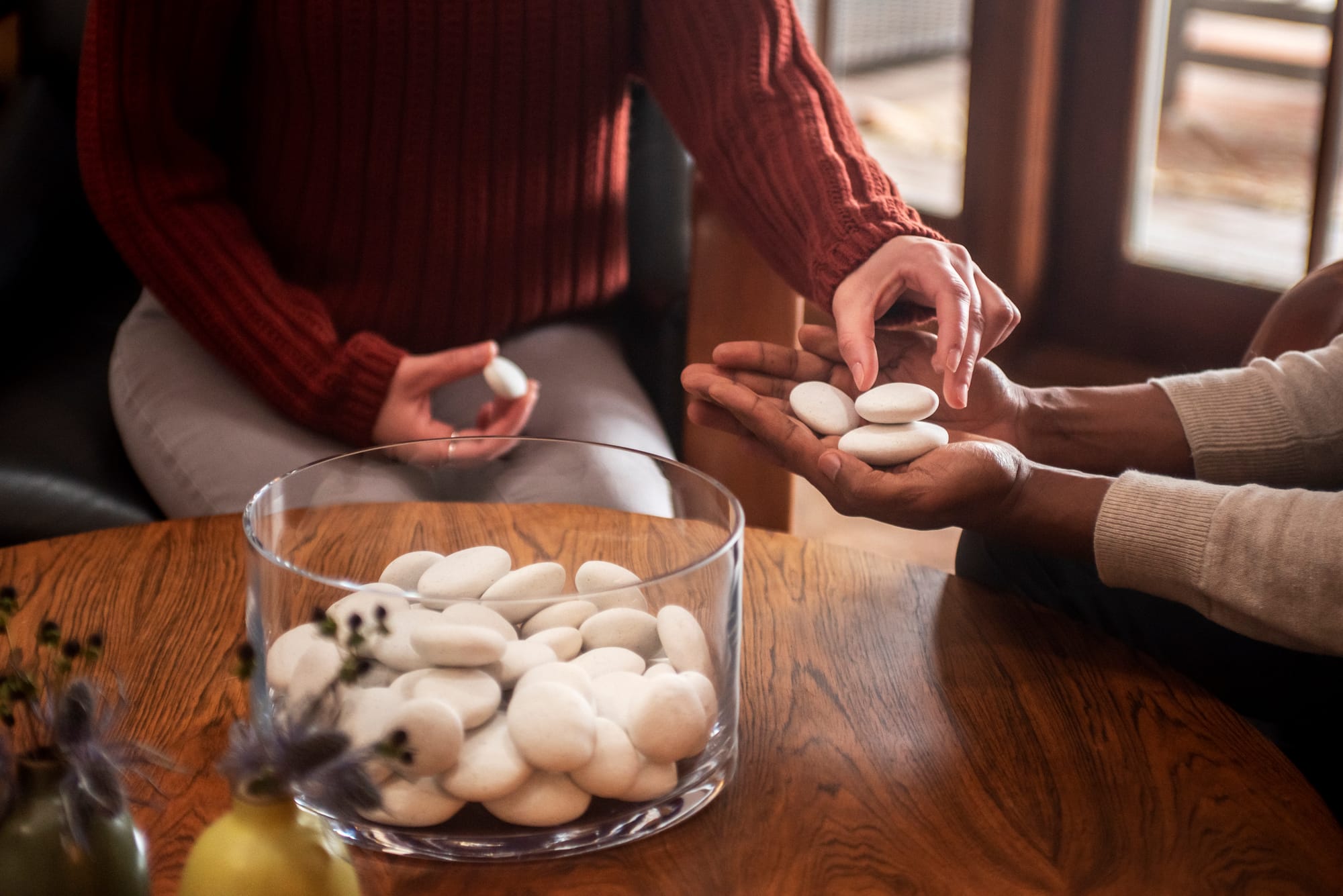
Scientific Process Advantages: The solidification process maintains the complete molecular integrity of the remains while creating a more stable, handleable form. Unlike diamonds that use only carbon extraction, this technology preserves the entirety of your loved one's remains in a transformed state.
"You will not 'get over' the loss of a loved one; you will learn to live with it. You will heal and you will rebuild yourself around the loss you have suffered," explains Elisabeth Kübler-Ross and David Kessler in their collaborative work "On Grief and Grieving."
Practical Applications:
- Create memorial gardens with stones that weather naturally
- Carry pieces during important life events like weddings or graduations
- Share among family members across different locations
- Integrate into custom memorial jewelry or art pieces
- Use for meaningful scattering ceremonies in special locations
Memorial Diamonds: Luxury Transformation
Memorial diamonds represent one of the most premium cremated remains alternatives available. This process extracts carbon from ashes and subjects it to high-pressure, high-temperature conditions that replicate natural diamond formation.
- The Process: Companies like Eterneva use specialized equipment to extract carbon from cremated remains, then subject it to conditions exceeding 2,000 degrees Fahrenheit and 60,000 atmospheres of pressure over several months.
- Timeline: 6-10 months for completion, significantly longer than most alternatives
- Cost Range: $3,000-$50,000 depending on size, cut, and customization options
- Amount Required: Typically uses only a small portion of available ashes
Benefits of Memorial Diamonds:
- Creates stunning, permanent jewelry pieces
- Highly portable and durable
- Can be incorporated into various jewelry settings
- Offers luxury appeal and prestige
Limitations to Consider:
- Extremely long processing timeframes
- High cost may be prohibitive for many families
- Uses only trace amoentirents of ashes, leaving the majority unused
- Limited to single pieces, making family sharing difficult
- Complex certification and authenticity processes
| Provider | Price Range | Timeline | Carat Options | Customization |
|---|---|---|---|---|
| Eterneva | $2,999-$18,999 | 7-10 months | 0.3-3.0 carats | High |
| Heart In Diamond | $1,400-$20,000 | 6-9 months | 0.25-2.0 carats | Medium |
| Saint Diamonds | $1,495-$29,999 | 6-8 months | 0.3-3.0 carats | High |
Memorial Jewelry: Personal Integration
Memorial jewelry offers intimate, wearable ways to maintain connection with your loved one. These options range from simple ash-holding pendants to sophisticated integration pieces.
- Ash-Holding Jewelry: Lockets, pendants, and rings designed with small compartments for cremated remains
- Integration Jewelry: Pieces that incorporate ashes into glass, resin, or metal during manufacturing
- Fingerprint Jewelry: Combines ashes with fingerprint impressions for personalized pieces
- Cost Range: $50-$500 for most options
- Timeline: 1-4 weeks depending on customization
- Amount Required: Very small quantities of ashes
| Type | Price Range | Durability | Visibility | Best For |
|---|---|---|---|---|
| Ash-Holding Pendants | $50-$200 | Medium | Discreet | Daily wear |
| Glass Integration | $100-$300 | High | Visible | Artistic expression |
| Metal Infusion | $150-$500 | Very High | Subtle | Heirloom pieces |
Benefits:
- Extremely personal and intimate connection
- Affordable for most budgets
- Quick turnaround times
- Can create multiple pieces for family members
- Suitable for daily wear and interaction
Considerations:
- Uses only tiny amounts of total ashes
- May be lost or damaged during daily wear
- Limited to small, wearable sizes
- Some people feel uncomfortable wearing ashes
Bio-Memorial Solutions: Environmental Integration
Bio-memorial options integrate cremated remains with living or natural systems, creating memorials that become part of the environment over time.
- Tree Memorials: Ashes mixed with soil and seeds to grow memorial trees
- Reef Balls: Ashes incorporated into artificial reef structures for ocean placement
- Memorial Gardens: Ashes integrated into garden soil for growing memorial plants
Benefits:
- Environmentally sustainable approach
- Creates living, growing memorials
- Can involve family in ongoing care and interaction
- Often more affordable than technology-based alternatives
Limitations:
- Geographic constraints, requires appropriate locations
- Weather and seasonal dependencies for success
- Uncertain long-term outcomes (trees may die, reefs may shift)
- Limited family access once placed
- May not appeal to families preferring more permanent memorials
Framework for Choosing the Right Alternative
Assessing Your Family's Priorities
When evaluating cremated remains alternatives, it's helpful to consider what matters most to your family's memorial vision. Different options excel in different areas, and understanding your priorities can guide your decision-making process.
Connection Style Preferences:
- Do you prefer visual memorials you can see and appreciate?
- Are you drawn to tactile memorials you can hold and touch?
- Would you like interactive memorials you can carry or travel with?
- Are you interested in living memorials that grow and change over time?
Family Dynamics Considerations:
- How many family members want their own memorial piece?
- Are family members geographically distributed?
- Do different family members have different comfort levels with various memorial types?
- Are there children or grandchildren who should be considered in the decision?
Practical Requirement Assessment:
- What is your budget range for memorial services?
- How important is timeline for completion?
- Do you have travel or mobility requirements for the memorial?
- Are there specific cultural or religious considerations?
Timeline and Emotional Readiness
"The five stages, denial, anger, bargaining, depression, and acceptance are a part of the framework that makes up our learning to live with the one we lost," explain Elisabeth Kübler-Ross and David Kessler in their foundational work on grief processing.
Consider these readiness indicators:
- You can discuss memorial options without overwhelming emotion
- You feel curious about alternatives rather than pressured to decide
- Family members can have conversations about preferences without conflict
- You're motivated by creating positive connections rather than avoiding pain
It's okay to take time with this decision. Memorial alternatives will be available when you're ready to explore them.
Evaluation Criteria Framework
| Factor | Questions to Consider | Impact on Choice |
|---|---|---|
| Completeness | Do you want to use all or part of the ashes? | Favors solidification or bio-options |
| Shareability | How many family members want pieces? | Favors stones, jewelry, or multiple urns |
| Portability | Will you travel with the memorial? | Favors stones, jewelry, or diamonds |
| Timeline | How quickly do you need completion? | Affects diamond vs. other options |
| Budget | What investment feels appropriate? | Influences all options |
| Permanence | Do you want the memorial to last forever? | Affects bio vs. permanent options |
Family Consensus Building
Many families find it helpful to discuss memorial preferences before making decisions. Consider organizing a family conversation where everyone can share their thoughts and concerns without pressure to reach immediate consensus.
"People often think there is no way to heal from severe loss. I believe that is not true. You heal when you can remember those who have died with more love than pain," writes David Kessler, grief expert and author of "Finding Meaning: The Sixth Stage of Grief."
Approach these conversations with patience and openness. Family members may have different relationships with grief and different comfort levels with various memorial options.
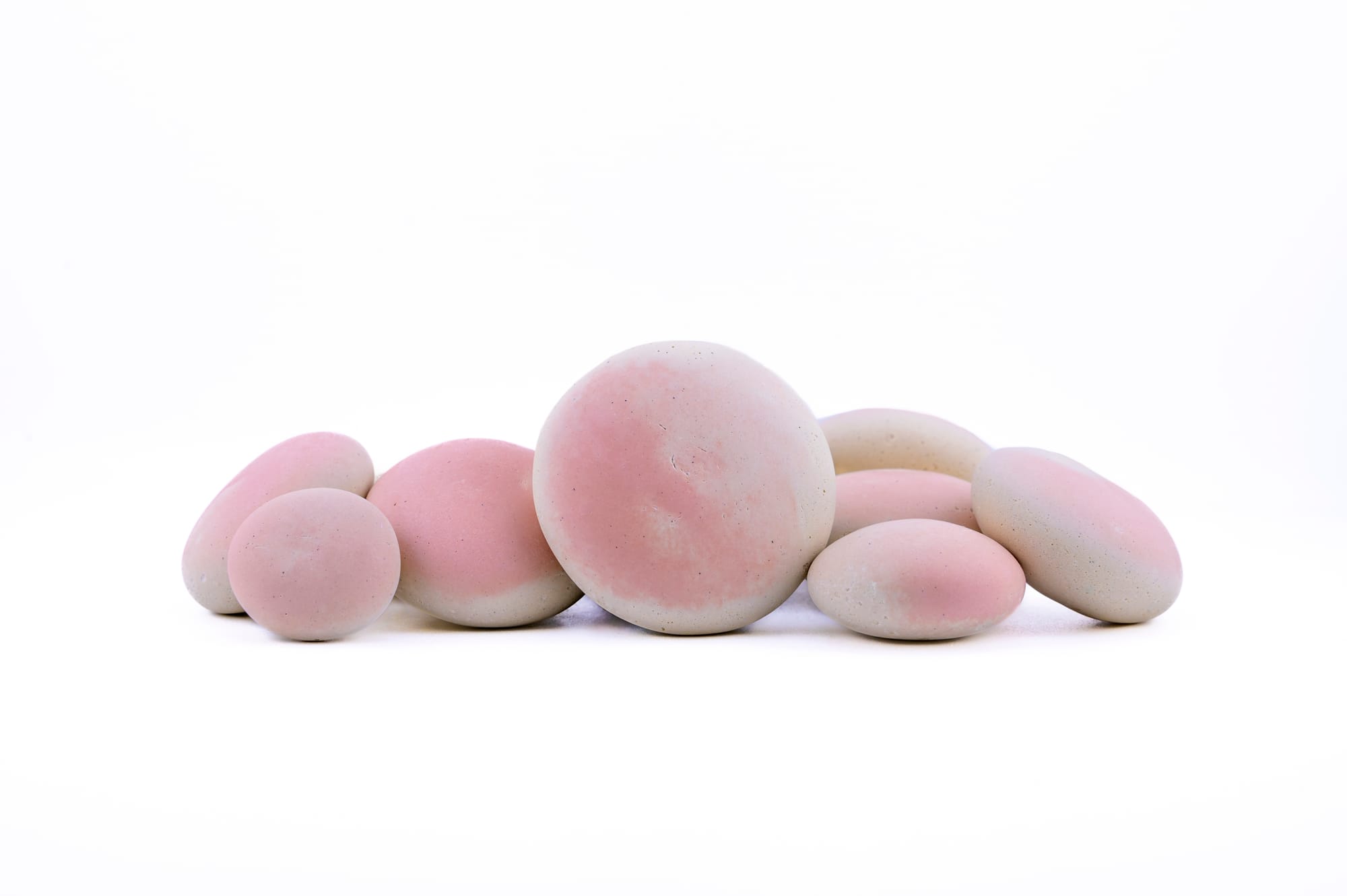
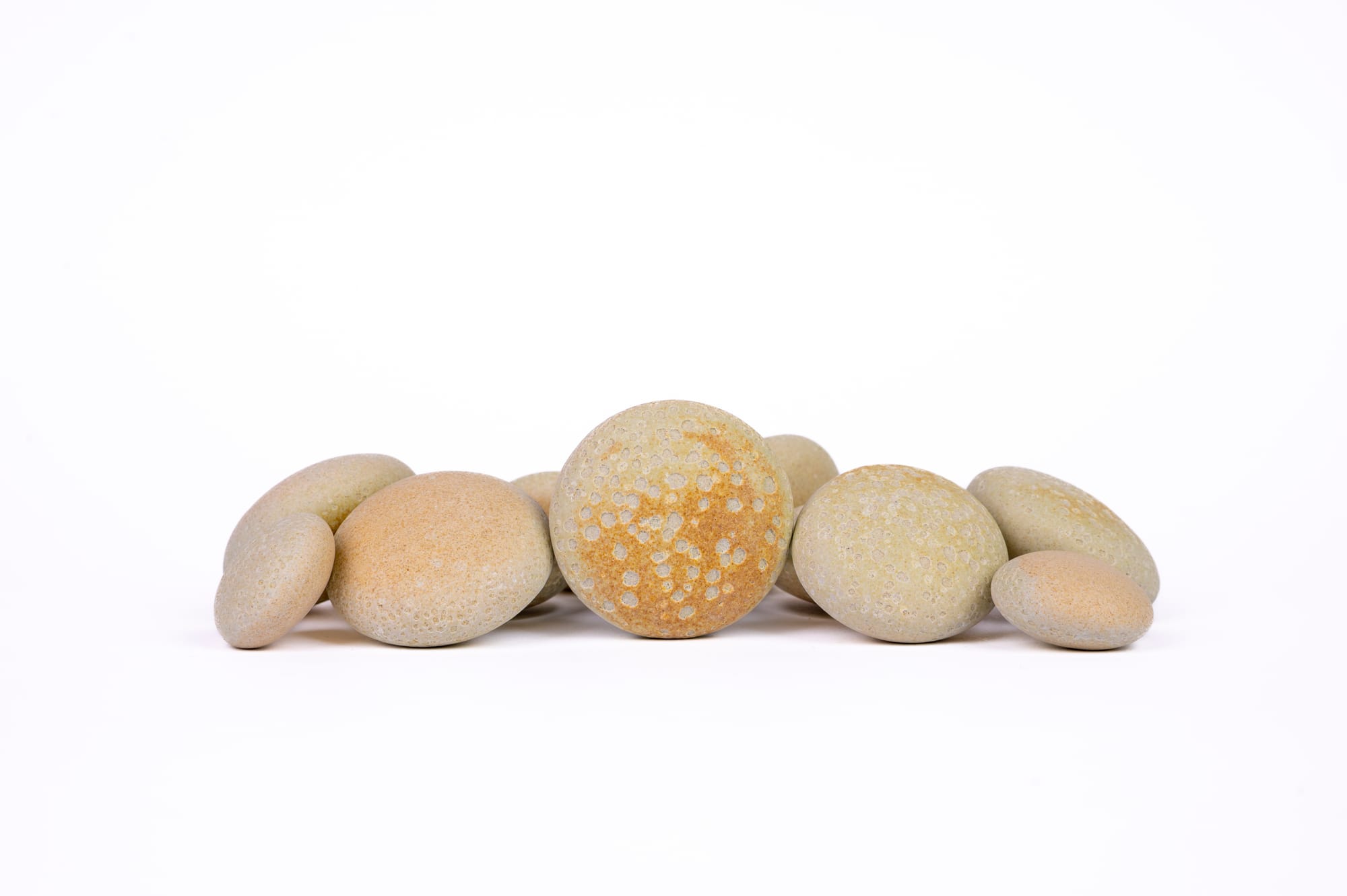
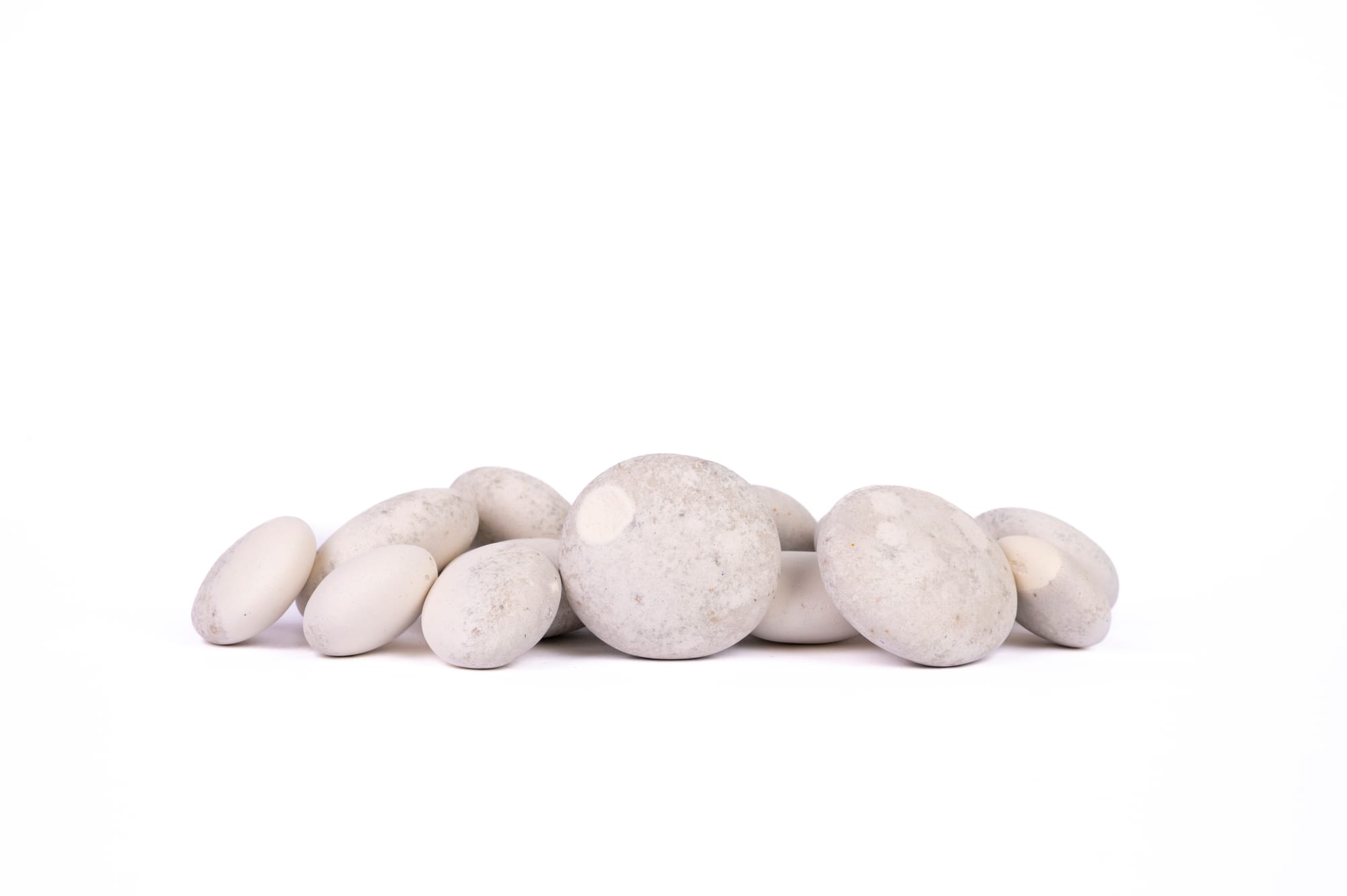
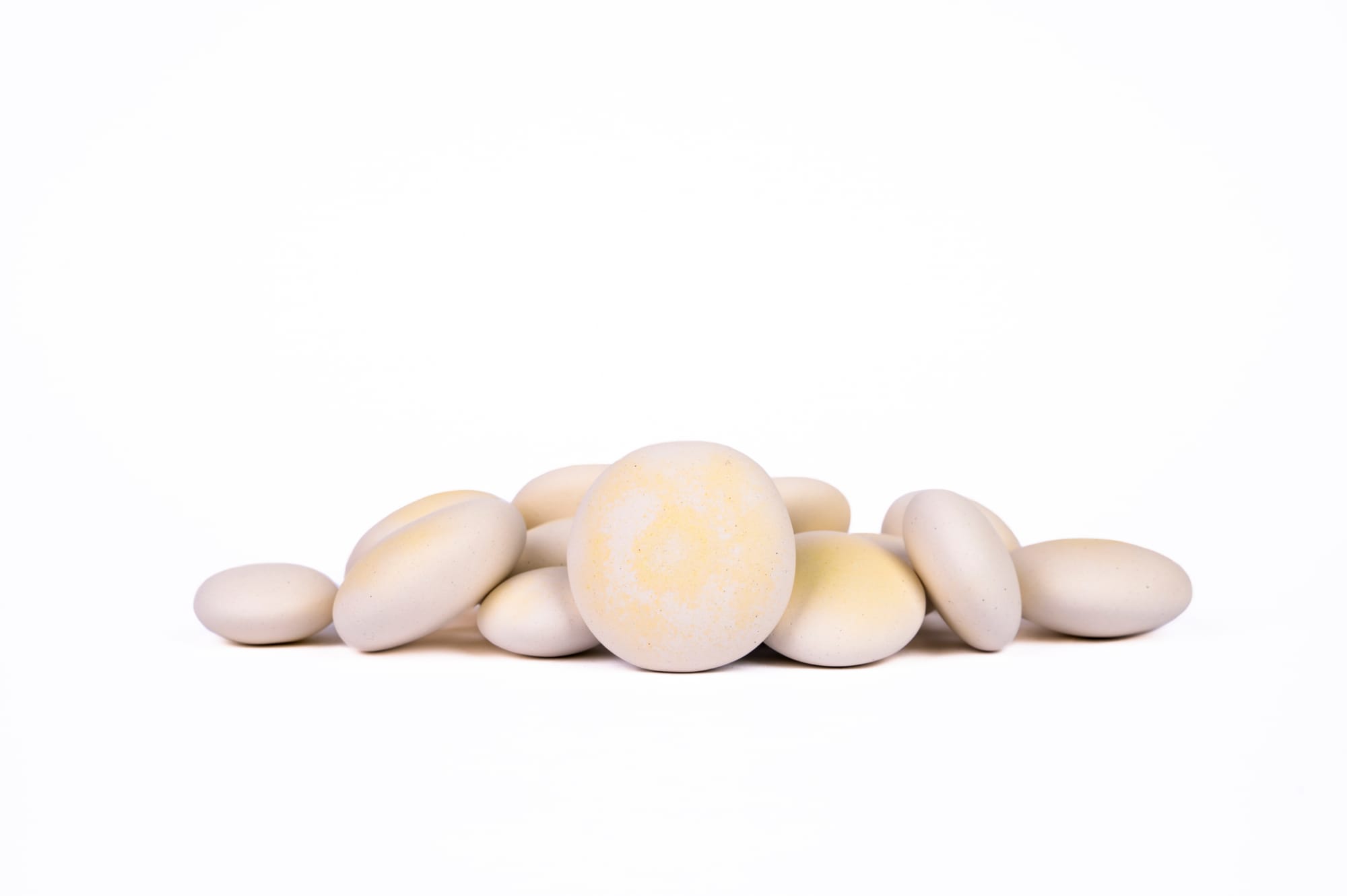
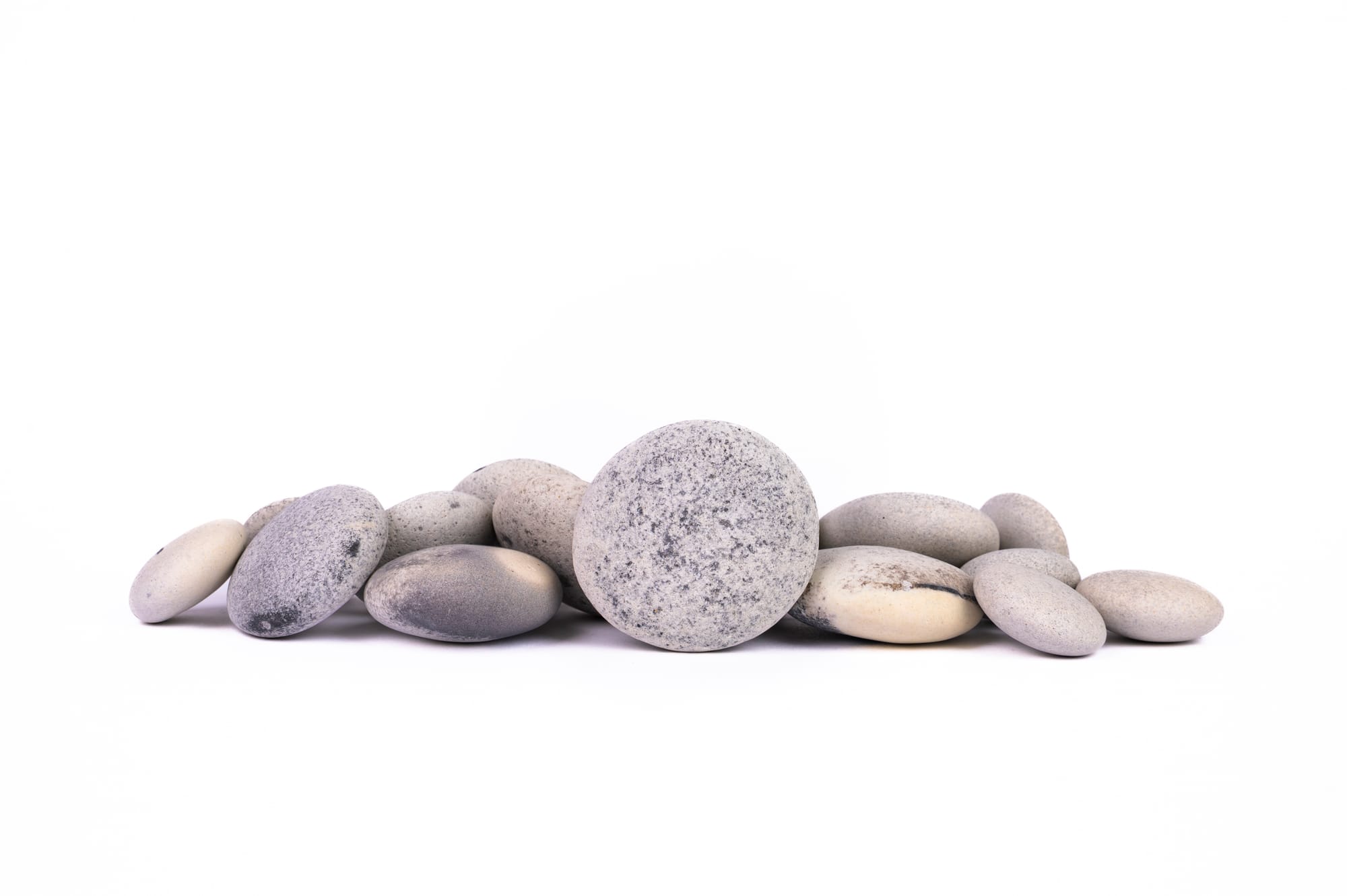

Innovation Spotlight: The Science of Solidification
Los Alamos Technology Foundation
The solidification process used to create cremation stones represents a significant technological advancement in memorial science. Originally developed at Los Alamos National Laboratory for materials research, this technology has been adapted specifically for transforming cremated remains into stable, stone-like forms.
The Scientific Process: The solidification technology works through a proprietary compression and binding process that maintains the molecular integrity of cremated remains while transforming their physical structure. Unlike other alternatives that extract specific elements or use only portions of ashes, this process preserves everything in a new, more stable form.
Key Technical Advantages:
- Complete Preservation: 100% of cremated remains are incorporated into the final stones
- Molecular Integrity: The essential composition remains unchanged, only the physical form is altered
- Stability Enhancement: The resulting stones are more durable and stable than loose ashes
- Customizable Output: The process can create various sizes and quantities of stones based on family preferences
Quality and Safety Standards
Modern solidification processes adhere to strict quality control and safety standards to ensure consistent, safe results:
- Processing Environment: All transformation occurs in controlled, sterile environments with multiple quality checkpoints
- Material Purity: Advanced filtration and purification steps ensure the highest quality output
- Testing Protocols: Each batch undergoes rigorous testing for structural integrity and composition
- Chain of Custody: Comprehensive tracking systems ensure remains are handled with dignity and security throughout the process
The solidification process represents a technological advancement in memorial science. This technology transforms cremated remains into stable, stone-like forms while preserving their molecular integrity.
Environmental and Safety Considerations
Solidification technology offers several environmental and safety benefits compared to traditional ash storage:
- Reduced Environmental Impact: Solid stones eliminate concerns about ash dispersal during storage or transport
- Enhanced Safety: Solid forms reduce health concerns related to ash particle inhalation
- Improved Stability: Stones resist degradation from moisture, temperature, and other environmental factors
- Travel Compliance: Solid forms meet international travel requirements without special permits
The process itself uses environmentally responsible techniques and generates minimal waste products.
Interested in learning more about how solidification technology could serve your family? Our process specialists can answer questions about the science and applications.
Frequently Asked Questions About Cremated Remains Alternatives
What alternatives exist to traditional cremation ashes?
Modern families have several innovative alternatives to traditional ash storage, including memorial diamonds, solidified cremation stones, integration jewelry, and bio-memorial options like memorial trees or reefs. Each option uses different technologies and processes to transform or incorporate cremated remains into more meaningful memorial forms.
How do memorial diamonds compare to solidified stones?
Memorial diamonds use only carbon extracted from ashes to create single, expensive jewelry pieces over 6-10 months. Solidified stones transform 100% of ashes into multiple shareable pieces in 8-10 weeks at a more accessible price point. The choice often depends on budget, timeline, and whether you want to use all available ashes.
Is it safe to transform cremated remains?
Yes, when performed by reputable providers using established processes. Modern memorial technologies use controlled, sterile environments with rigorous quality standards. Solidification processes maintain the molecular integrity of remains while improving their stability and safety for handling.
Can multiple family members receive memorial pieces?
This depends on the alternative chosen. Solidification creates multiple stones that can be shared among family members. Memorial jewelry can be created in multiple pieces. Memorial diamonds typically produce single pieces, though some companies offer family packages. Bio-memorials usually create single installations that families visit together.
What happens to leftover ashes with partial-use alternatives?
Memorial diamonds and jewelry typically use only small portions of available ashes, leaving the majority for families to handle separately. This is why many families prefer complete transformation options like solidification that use 100% of remains, eliminating the need to store or decide what to do with leftover ashes.
How do costs compare between different alternatives?
Memorial jewelry ranges from $50-$500, solidified stones typically cost around $2,495, bio-memorials vary from $129-$4,000, and memorial diamonds range from $3,000-$50,000. Cost often correlates with processing complexity, timeline, and amount of remains used.
Are there travel restrictions with memorial alternatives?
Traditional ashes require special documentation and containers for air travel. Solidified stones travel like normal stones without restrictions. Memorial diamonds travel as jewelry. Memorial jewelry follows standard jewelry travel rules. Bio-memorials remain in fixed locations and don't travel.
Taking Your Next Steps
As you consider alternatives to traditional cremated remains storage, remember that this decision is deeply personal and doesn't need to be rushed. Every family's journey with memorial planning unfolds differently, and the right choice is the one that feels meaningful and appropriate for your unique situation.
Many families find it helpful to start by reflecting on what type of connection they want to maintain with their loved one's memory. Some are drawn to tactile memorials they can hold and interact with daily. Others prefer visual memorials that create focal points for remembrance. Still others want living memorials that evolve and grow over time.
Consider your family's practical needs alongside emotional preferences. If family members live in different locations, shareability might be important. If you travel frequently or plan to relocate, portability could matter. If budget is a consideration, some alternatives offer more accessible pricing than others.
Professional Guidance and Support
Memorial decisions benefit from expert guidance when you're ready to explore options seriously. Reputable memorial service providers offer consultations to help families understand their options without pressure to commit immediately.
"Healing doesn't mean the loss didn't happen. It means that it no longer controls us," notes David Kessler, emphasizing the importance of professional guidance when families are ready to explore memorial alternatives.
Resources for Memorial Planning
Several organizations provide helpful resources for families considering memorial alternatives:
- The National Funeral Directors Association offers educational materials about memorial options
- Grief counselors can help families process emotions around memorial decision-making
- Memorial service providers typically offer detailed information about their specific processes
- Online communities provide opportunities to connect with other families who have explored similar decisions
Moving Forward with Confidence
The landscape of memorial options has expanded dramatically, offering families choices that simply weren't available in previous generations. Whether you choose solidified stones, memorial diamonds, integration jewelry, bio-memorials, or decide to maintain traditional storage, the most important factor is that your choice feels right for your family.
You have time to explore options, ask questions, and make decisions when you feel emotionally ready. There's no timeline you must follow except your own.
This article provides educational information about memorial alternatives and should not replace professional guidance from qualified memorial service providers or grief counselors. Pricing and availability may vary by location and provider.






